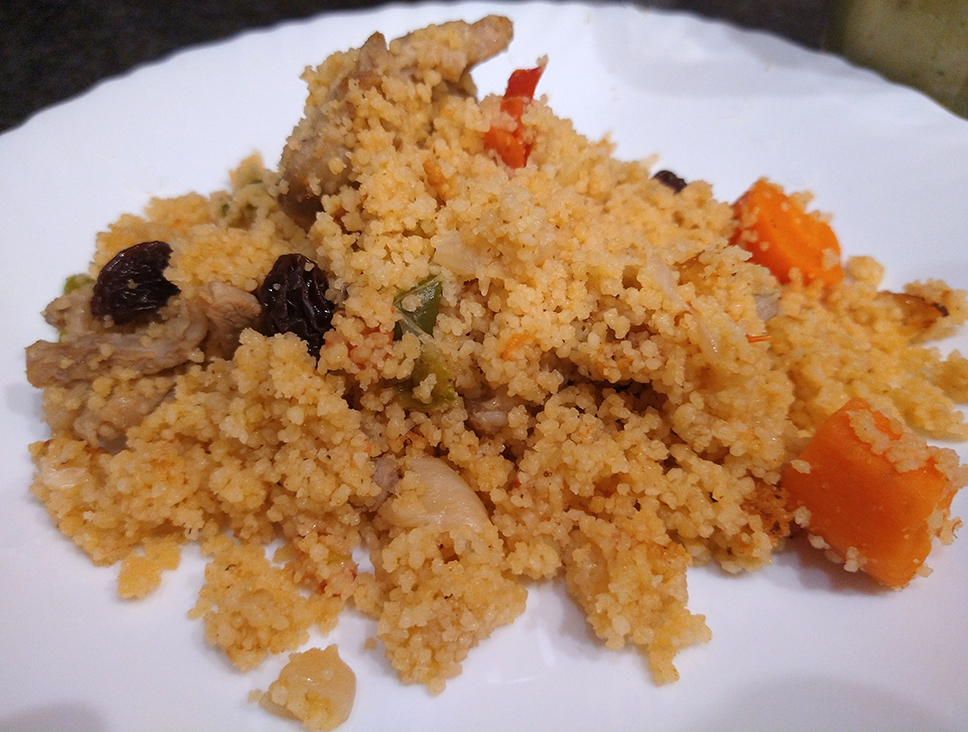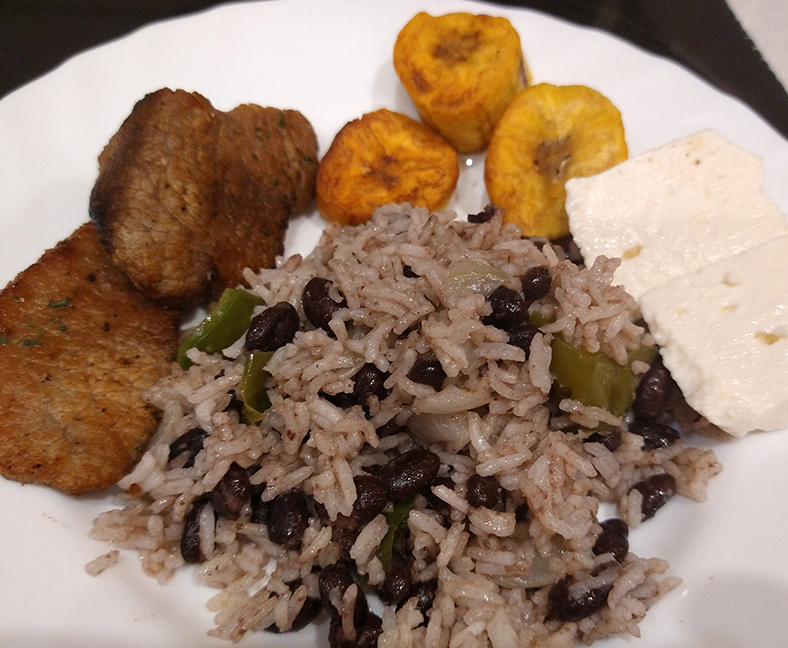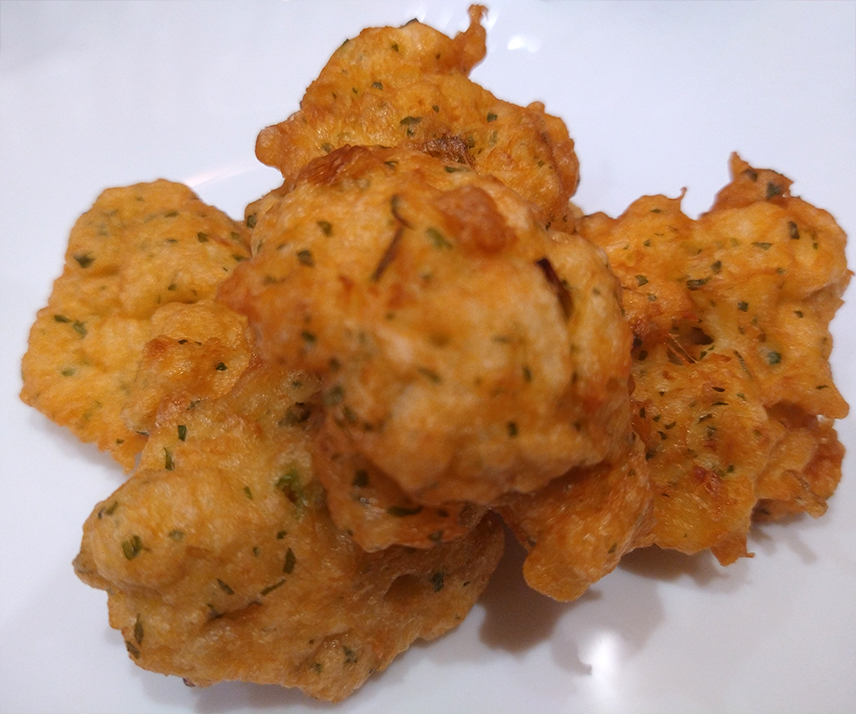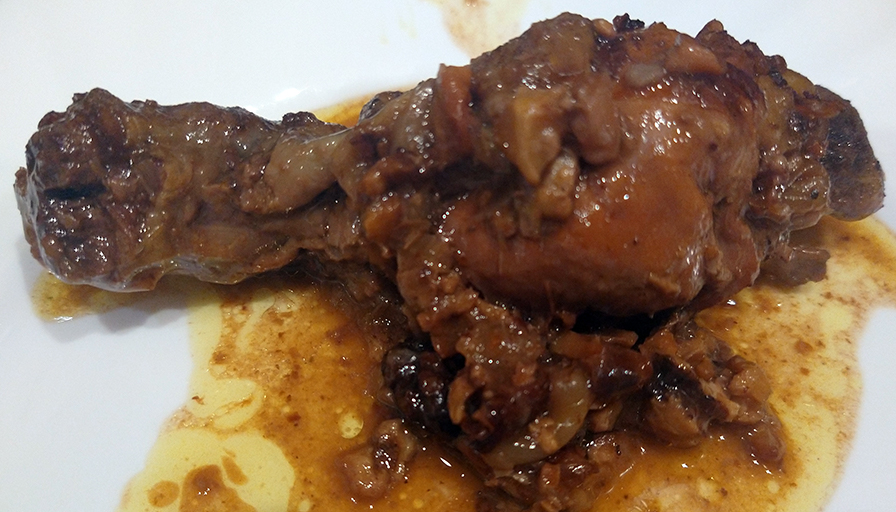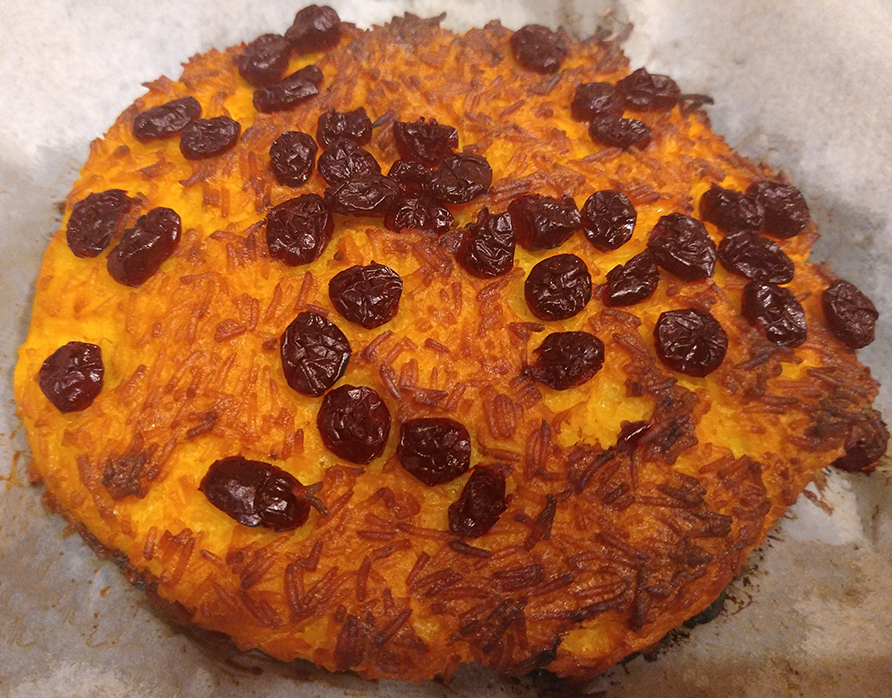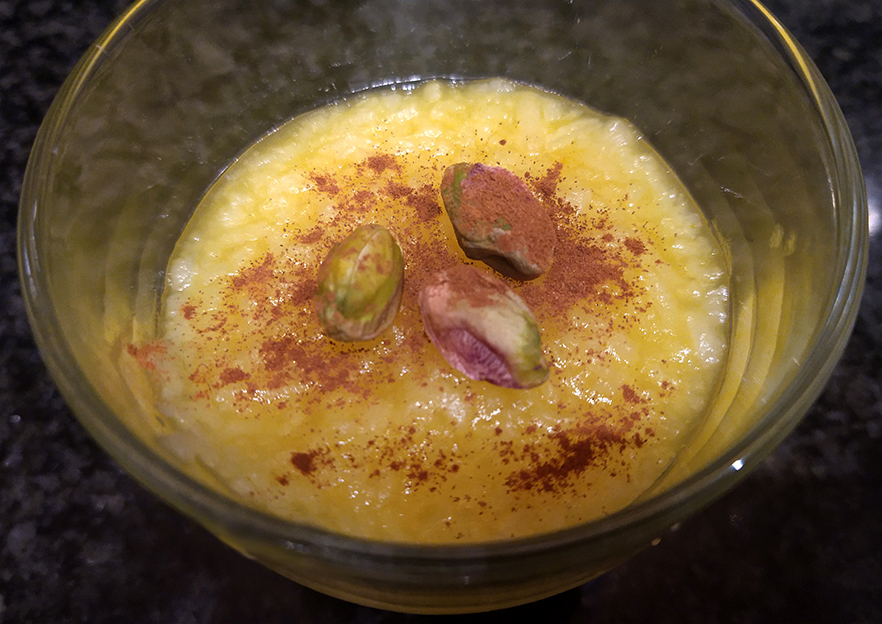I am presenting our paper on the Science Mesh this week. FAIR data through a federated cloud infrastructure: Exploring the Science Mesh – it is a research-in-progress on the potential of FAIR data in unlocking new collaborative workflows.
Entrepreneurial space and the freedom for entrepreneurship: Institutional settings, policy, and action in the space industry – a study of the space industry where the researchers introduce the concept of entrepreneurial space. Great play on words. They define entrepreneurial space as the room for entrepreneurial change, which is often limited by policy and institutions.
Never the twain shall meet? Knowledge strategies for digitalization in healthcare – explores digitalization in healthcare through the lens of knowledge strategy. The researchers followed a hospital for almost a decade and then explored how they digitalized, exploring the following components:
- Vision – top management’s understanding of the role of knowledge in the organization
- Knowledge strategy objectives – goals for the organization and the role of knowledge management towards these goals
- Knowledge management tools – methods to enable the creation, application, leveraging and sharing of knowledge
- Implementation support mechanisms – organizational aspects including culture, structure, HR practices
Ecosystem policy roadmapping – combines innovation ecosystems with technology roadmapping. It’s a paper filled with cool illustrations of different frameworks to guide roadmapping. In the end, I really think the value of management research is providing frameworks for thinking about things and this is a great addition to that toolbox.
